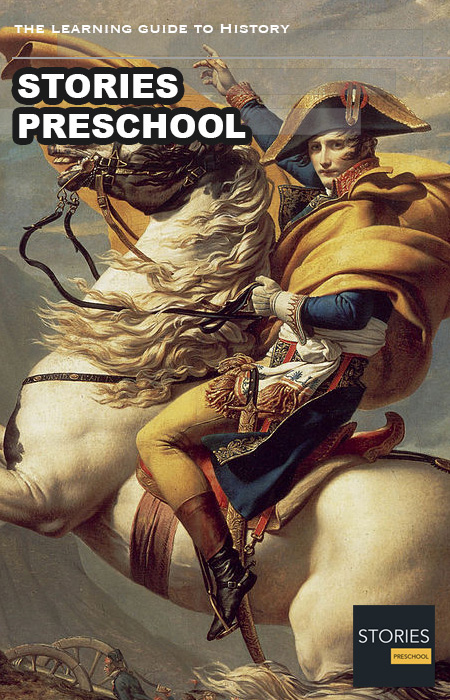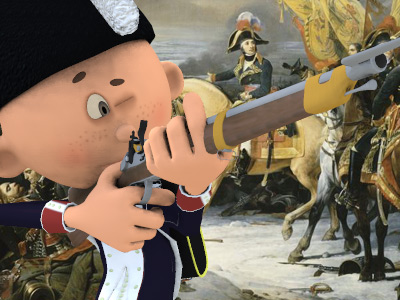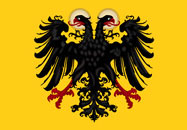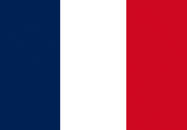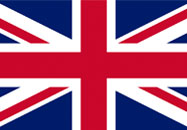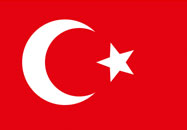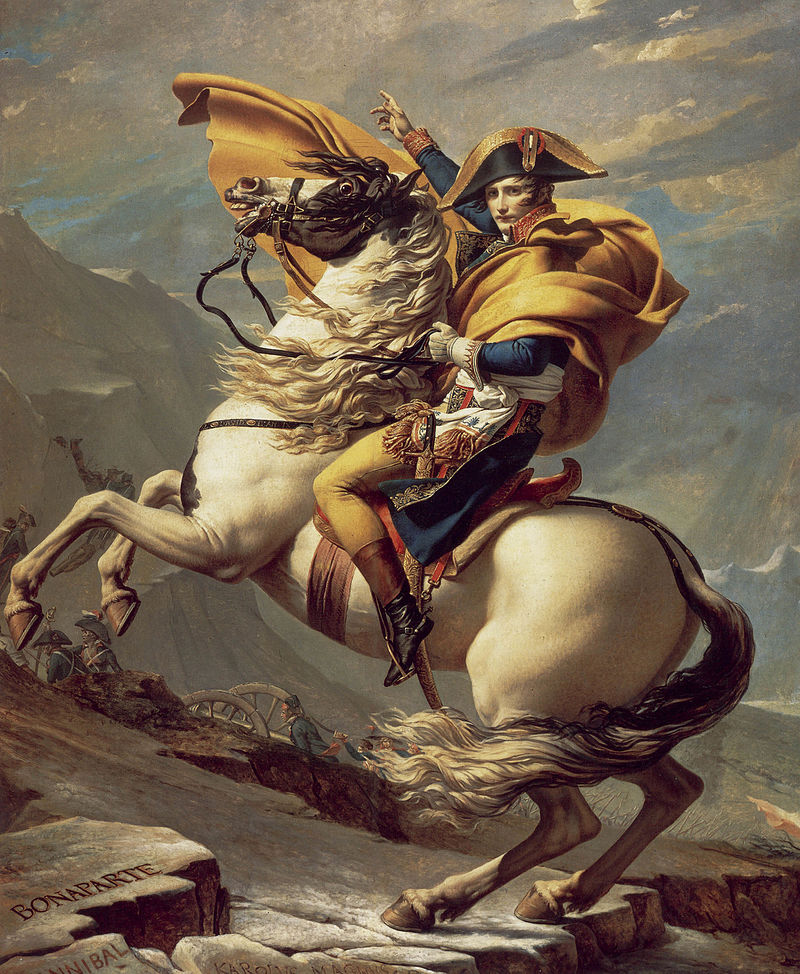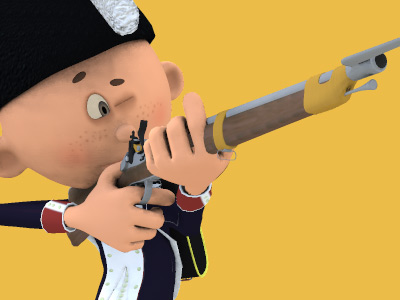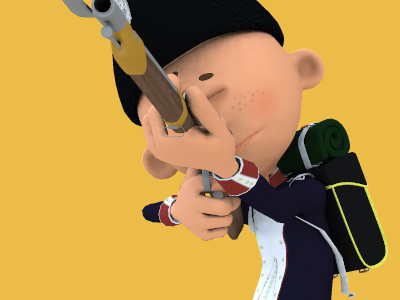War of the Second Coalition (1798–1802)
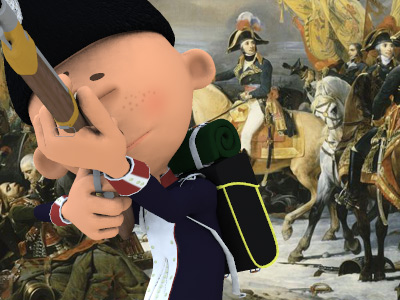
The War of the Second Coalition (1798–1802) was the second war on revolutionary France by the European monarchies, led by Britain, Austria and Russia, and including the Ottoman Empire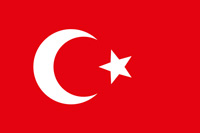 The Ottoman Empire, also known as the Turkish Empire, was an empire that controlled much of Southeast Europe, Western Asia, and Northern Africa between the 14th and early 20th centuries. The Ottomans ended the Byzantine Empire with the conquest of Constantinople in 1453. The Ottoman Empire's defeat and the occupation of part of its territory by the Allied Powers in the aftermath of World War I resulted in its partitioning and the loss of its Middle Eastern territories., Portugal and Naples. Their goal was to contain the spread of chaos from France, which was bankrupt after its expenditures in support of the American War of Independence. They failed to overthrow the revolutionary regime and French territorial gains since 1793 were confirmed.
The Ottoman Empire, also known as the Turkish Empire, was an empire that controlled much of Southeast Europe, Western Asia, and Northern Africa between the 14th and early 20th centuries. The Ottomans ended the Byzantine Empire with the conquest of Constantinople in 1453. The Ottoman Empire's defeat and the occupation of part of its territory by the Allied Powers in the aftermath of World War I resulted in its partitioning and the loss of its Middle Eastern territories., Portugal and Naples. Their goal was to contain the spread of chaos from France, which was bankrupt after its expenditures in support of the American War of Independence. They failed to overthrow the revolutionary regime and French territorial gains since 1793 were confirmed.
The Allies formed a new alliance and attempted to roll back France's previous military conquests. The Coalition did very well in 1799, but Russia Russian Empire was an empire and the final period of the Russian monarchy from 1721 to 1917, ruling across large parts of Eurasia. The rise of the Russian Empire coincided with the decline of neighbouring rival powers: the Swedish Empire, the Polish–Lithuanian Commonwealth, Qajar Iran, the Ottoman Empire, and Qing China. Russia remains the third-largest empire in history, surpassed only by the British Empire and the Mongol Empire. pulled out. Napoleon
Russian Empire was an empire and the final period of the Russian monarchy from 1721 to 1917, ruling across large parts of Eurasia. The rise of the Russian Empire coincided with the decline of neighbouring rival powers: the Swedish Empire, the Polish–Lithuanian Commonwealth, Qajar Iran, the Ottoman Empire, and Qing China. Russia remains the third-largest empire in history, surpassed only by the British Empire and the Mongol Empire. pulled out. Napoleon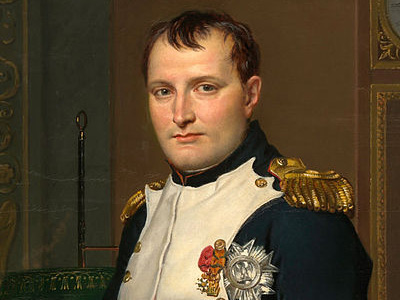 Napoleon Bonaparte (1769-1821), was a French military and political leader who rose to prominence during the French Revolution and led several successful campaigns during the French Revolutionary Wars. As Napoleon I, he was Emperor of the French from 1804 until 1814, and again in 1815. One of the greatest commanders in history, his wars and campaigns are studied at military schools worldwide. Napoleon Bonaparte » took charge in France in late 1799, and he and his generals defeated the Coalition. In the Treaty of Lunéville in 1801, France held all of its previous gains and obtained new lands in Tuscany, Italy, while Austria
Napoleon Bonaparte (1769-1821), was a French military and political leader who rose to prominence during the French Revolution and led several successful campaigns during the French Revolutionary Wars. As Napoleon I, he was Emperor of the French from 1804 until 1814, and again in 1815. One of the greatest commanders in history, his wars and campaigns are studied at military schools worldwide. Napoleon Bonaparte » took charge in France in late 1799, and he and his generals defeated the Coalition. In the Treaty of Lunéville in 1801, France held all of its previous gains and obtained new lands in Tuscany, Italy, while Austria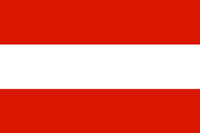 The Archduchy of Austria was a major principality of the Holy Roman Empire and the nucleus of the Habsburg monarchy. With its capital at Vienna, the archduchy was centered at the Empire's southeastern periphery. The archduchy's history as an imperial state ended with the dissolution of the Holy Roman Empire in 1806. It was replaced with the Lower and Upper Austria crown lands of the Austrian Empire. was granted Venetia and the Dalmatian coast. Britain
The Archduchy of Austria was a major principality of the Holy Roman Empire and the nucleus of the Habsburg monarchy. With its capital at Vienna, the archduchy was centered at the Empire's southeastern periphery. The archduchy's history as an imperial state ended with the dissolution of the Holy Roman Empire in 1806. It was replaced with the Lower and Upper Austria crown lands of the Austrian Empire. was granted Venetia and the Dalmatian coast. Britain The Kingdom of Great Britain was a sovereign country in Western Europe from 1 May 1707 to the end of 31 December 1800. The state was created by the 1706 Treaty of Union and ratified by the Acts of Union 1707, which united the kingdoms of England (which included Wales) and Scotland to form a single kingdom encompassing the whole island of Great Britain and its outlying islands, with the exception of the Isle of Man and the Channel Islands. and France signed the Treaty of Amiens in March 1802, bringing an interval of peace in Europe that lasted for 14 months. By May 1803 Britain and France were again at war and in 1805 Britain assembled the Third Coalition to resume the war against French First Republic
The Kingdom of Great Britain was a sovereign country in Western Europe from 1 May 1707 to the end of 31 December 1800. The state was created by the 1706 Treaty of Union and ratified by the Acts of Union 1707, which united the kingdoms of England (which included Wales) and Scotland to form a single kingdom encompassing the whole island of Great Britain and its outlying islands, with the exception of the Isle of Man and the Channel Islands. and France signed the Treaty of Amiens in March 1802, bringing an interval of peace in Europe that lasted for 14 months. By May 1803 Britain and France were again at war and in 1805 Britain assembled the Third Coalition to resume the war against French First Republic In the history of France, French First Republic, sometimes referred to in historiography as Revolutionary France, and officially the French Republic, was founded on 21 September 1792 during the French Revolution. The First Republic lasted until the declaration of the First Empire on 18 May 1804 under Napoléon Bonaparte, although the form of the government changed several times..
In the history of France, French First Republic, sometimes referred to in historiography as Revolutionary France, and officially the French Republic, was founded on 21 September 1792 during the French Revolution. The First Republic lasted until the declaration of the First Empire on 18 May 1804 under Napoléon Bonaparte, although the form of the government changed several times..
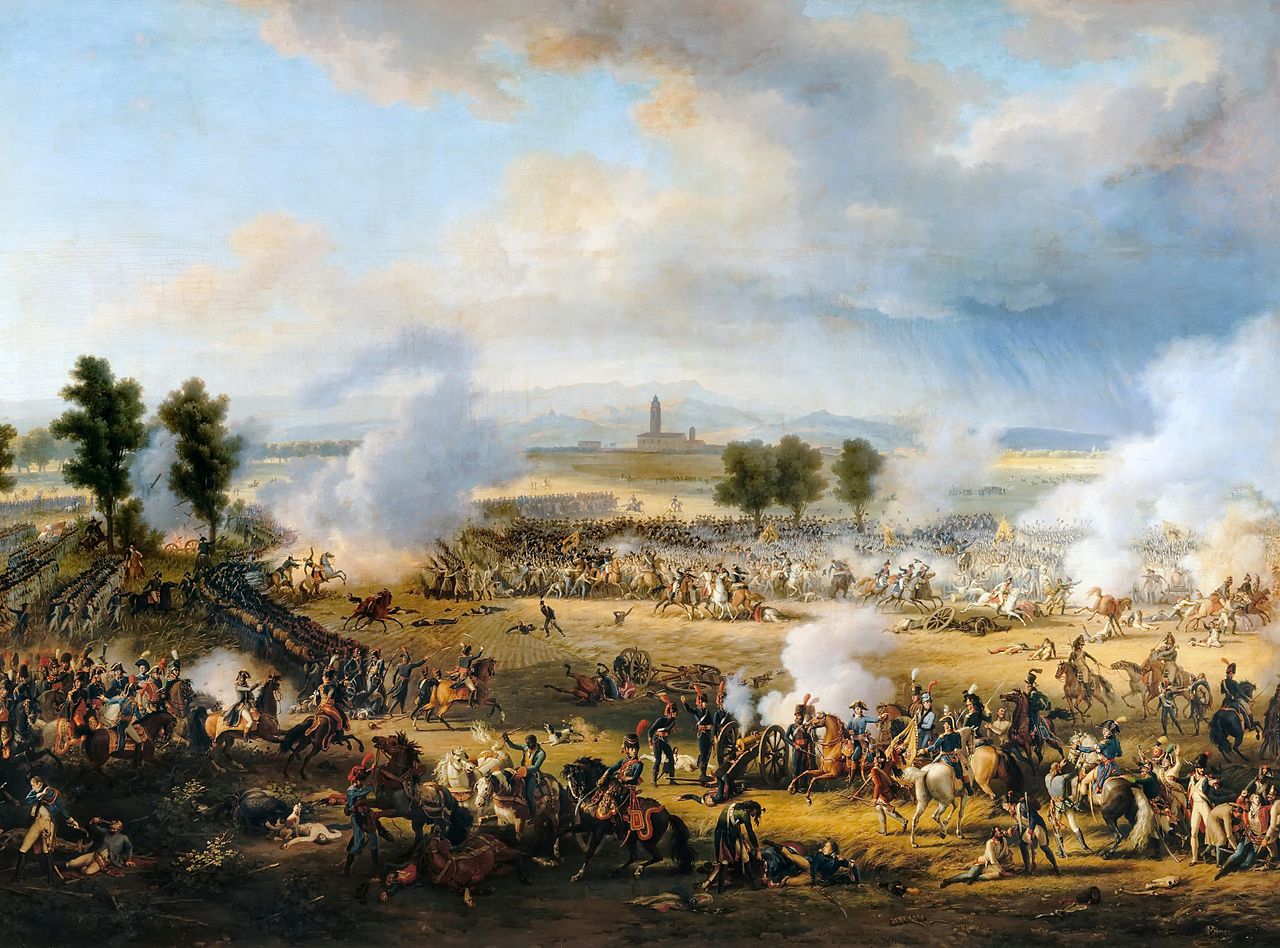
Lejeune - Bataille de Marengo

Lejeune - Bataille de Marengo
( Click image to enlarge)
Influence
The French Revolution transformed nearly all aspects of French and European life. The powerful sociopolitical forces unleashed by a people seeking liberté, égalité, and fraternité made certain that even warfare was not spared this upheaval. 18th-century armies—with their rigid protocols, static operational strategy, unenthusiastic soldiers, and aristocratic officer classes—underwent massive remodeling as the French monarchy and nobility gave way to liberal assemblies obsessed with external threats. The fundamental shifts in warfare that occurred during the period have prompted scholars to identify the era as the beginning of "modern war".
In 1791 the Legislative Assembly passed the "Drill-Book" legislation, implementing a series of infantry doctrines created by French theorists because of their defeat by the Prussians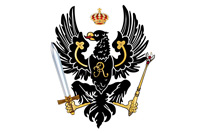 The Kingdom of Prussia was a German kingdom that constituted the state of Prussia between 1701 and 1918. It was the driving force behind the unification of Germany in 1871 and was the leading state of the German Empire until its dissolution in 1918. Although it took its name from the region called Prussia, it was based in the Margraviate of Brandenburg. Its capital was Berlin. in the Seven Years' War. The new developments hoped to exploit the intrinsic bravery of the French soldier, made even more powerful by the explosive nationalist forces of the Revolution. The changes also placed a faith on the ordinary soldier that would be completely unacceptable in earlier times; French troops were expected to harass the enemy and remain loyal enough to not desert, a benefit other Ancien Régime armies did not have.
The Kingdom of Prussia was a German kingdom that constituted the state of Prussia between 1701 and 1918. It was the driving force behind the unification of Germany in 1871 and was the leading state of the German Empire until its dissolution in 1918. Although it took its name from the region called Prussia, it was based in the Margraviate of Brandenburg. Its capital was Berlin. in the Seven Years' War. The new developments hoped to exploit the intrinsic bravery of the French soldier, made even more powerful by the explosive nationalist forces of the Revolution. The changes also placed a faith on the ordinary soldier that would be completely unacceptable in earlier times; French troops were expected to harass the enemy and remain loyal enough to not desert, a benefit other Ancien Régime armies did not have.
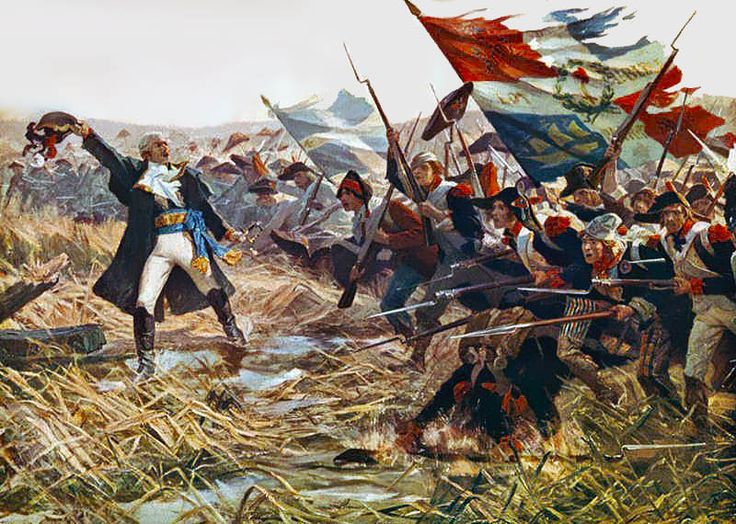
The armies of the Revolution at Jemappes in 1792. With chaos internally and enemies on the borders, the French were in a period of uncertainty during the early years of the Revolutionary Wars. By 1797, however, France dominated much of Western Europe, conquering the Rhineland, the Netherlands, and the Italian peninsula while erecting a series of sister republics and puppet states stretching from Spain to the German heartland

The armies of the Revolution at Jemappes in 1792. With chaos internally and enemies on the borders, the French were in a period of uncertainty during the early years of the Revolutionary Wars. By 1797, however, France dominated much of Western Europe, conquering the Rhineland, the Netherlands, and the Italian peninsula while erecting a series of sister republics and puppet states stretching from Spain to the German heartland
( Click image to enlarge)
Following the declaration of war in 1792, an imposing array of enemies converging on French borders prompted the government in Paris to adopt radical measures. 23 August 1793, would become a historic day in military history; on that date the National Convention called a levée en masse, or mass conscription, for the first time in human history. By summer of the following year, conscription made some 500,000 men available for service and the French began to deal blows to their European enemies.
Armies during the Revolution became noticeably larger than their Holy Roman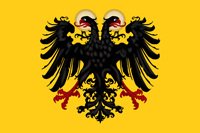 The Holy Roman Empire was a political entity in Western, Central, and Southern Europe that developed during the Early Middle Ages and continued until its dissolution in 1806 during the Napoleonic Wars. From the accession of Otto I in 962 until the twelfth century, the Empire was the most powerful monarchy in Europe. The empire reached the apex of territorial expansion and power in the mid-thirteenth century, but overextending led to partial collapse. counterparts, and combined with the new enthusiasm of the troops, the tactical and strategic opportunities became profound. By 1797 the French had defeated the First Coalition, occupied the Low Countries, the west bank of the Rhine, and Northern Italy, objectives which had defied the Valois and Bourbon dynasties for centuries. Unsatisfied with the results, many European powers formed a Second Coalition, but by 1801 this too had been decisively beaten. Another key aspect of French success was the changes wrought in the officer classes. Traditionally, European armies left major command positions to those who could be trusted, namely, the aristocracy. The hectic nature of the French Revolution, however, tore apart France's old army, meaning new men were required to become officers and commanders.
The Holy Roman Empire was a political entity in Western, Central, and Southern Europe that developed during the Early Middle Ages and continued until its dissolution in 1806 during the Napoleonic Wars. From the accession of Otto I in 962 until the twelfth century, the Empire was the most powerful monarchy in Europe. The empire reached the apex of territorial expansion and power in the mid-thirteenth century, but overextending led to partial collapse. counterparts, and combined with the new enthusiasm of the troops, the tactical and strategic opportunities became profound. By 1797 the French had defeated the First Coalition, occupied the Low Countries, the west bank of the Rhine, and Northern Italy, objectives which had defied the Valois and Bourbon dynasties for centuries. Unsatisfied with the results, many European powers formed a Second Coalition, but by 1801 this too had been decisively beaten. Another key aspect of French success was the changes wrought in the officer classes. Traditionally, European armies left major command positions to those who could be trusted, namely, the aristocracy. The hectic nature of the French Revolution, however, tore apart France's old army, meaning new men were required to become officers and commanders.
In addition to opening a flood of tactical and strategic opportunities, the Revolutionary Wars also laid the foundation for modern military theory. Later authors that wrote about "nations in arms" drew inspiration from the French Revolution, in which dire circumstances seemingly mobilized the entire French nation for war and incorporated nationalism into the fabric of military history. Although the reality of war in the France of 1795 would be different from that in the France of 1915, conceptions and mentalities of war evolved significantly. Clausewitz correctly analyzed the Revolutionary and Napoleonic eras to give posterity a thorough and complete theory of war that emphasized struggles between nations occurring everywhere, from the battlefield to the legislative assemblies, and to the very way that people think. War now emerged as a vast panorama of physical and psychological forces heading for victory or defeat.
HISTORY
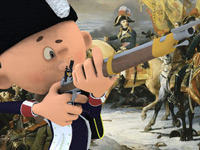
RESOURCES
This article uses material from the Wikipedia articles "War of the Second Coalition" and "French Revolutionary Wars", which is released under the Creative Commons Attribution-Share-Alike License 3.0.
© Stories Preschool. All Rights Reserved.
